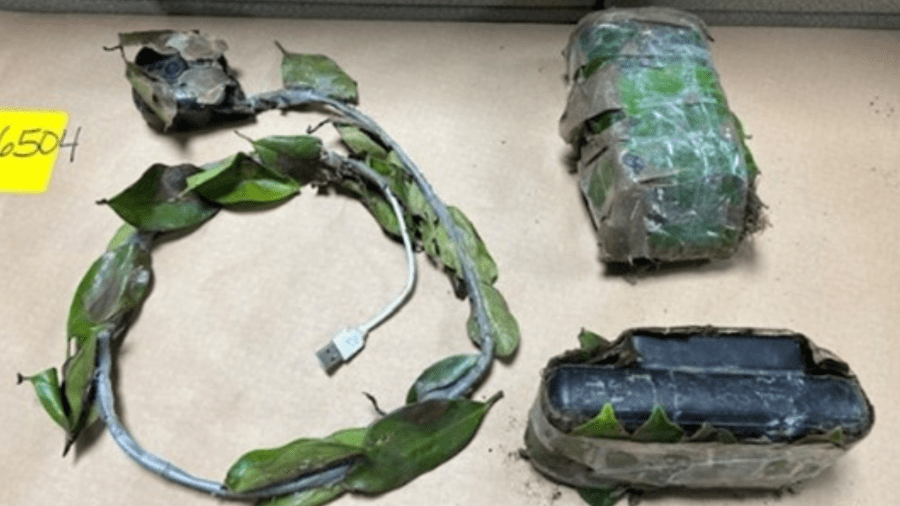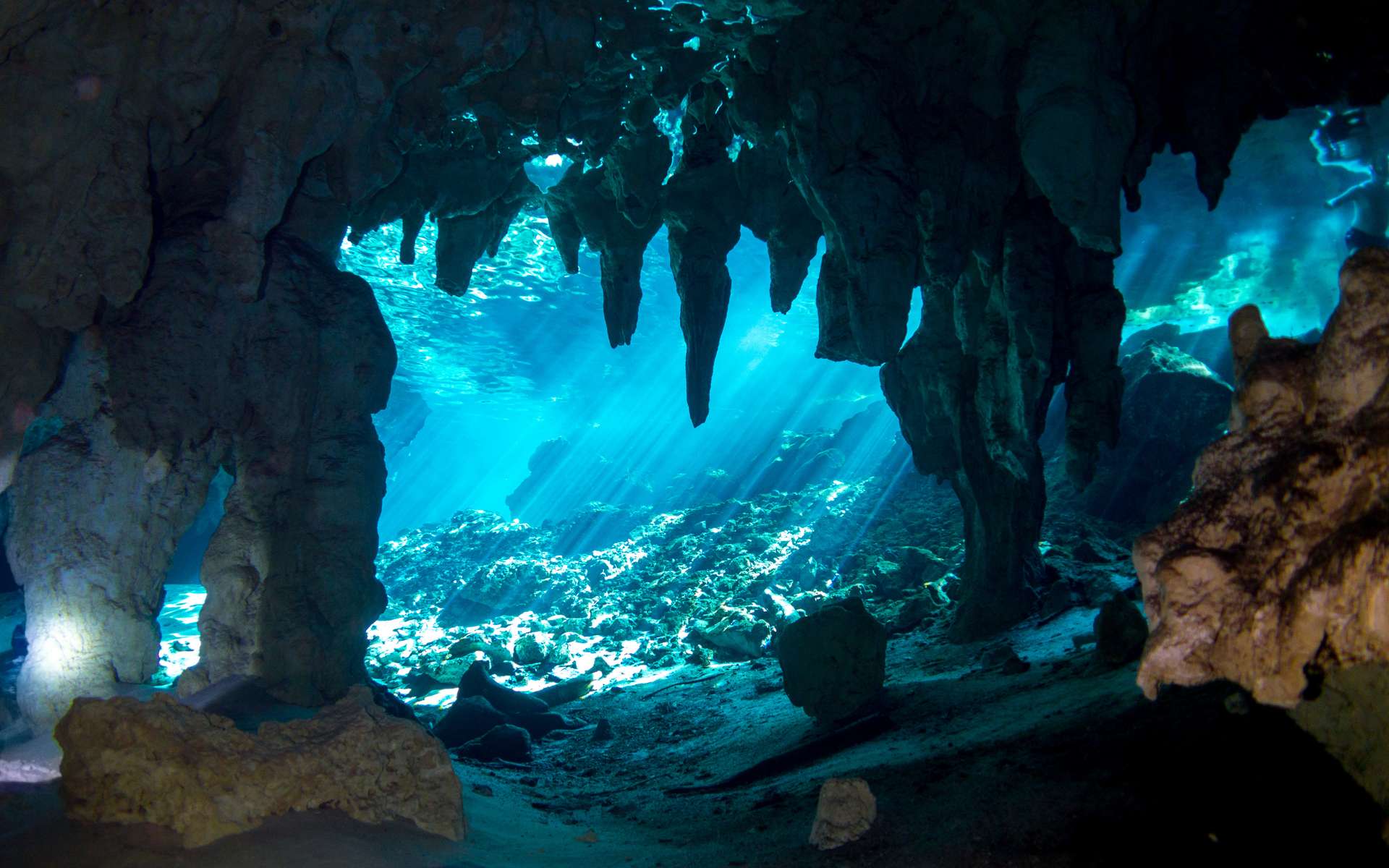Embryo-like structures grown in an incubator instead of a uterus could lead to better treatments for infertility and a range of other medical conditions
By Clare Wilson
Synthetic (left) and natural (right) mouse embryos show comparable brain and heart formation Amadei and Handford
Synthetic embryos made from mouse stem cells have been coaxed into developing the beginnings of a brain and a beating heart while grown in the laboratory.
The result is an embryo-like structure that is the closest yet to a naturally developing embryo in the uterus, says Magdalena Zernicka-Goetz at the University of Cambridge, whose team is also using the same method to make synthetic human embryos, although these are less advanced.
The technique could lead to advances in creating tissues and organs for transplant and one day be used as a fertility treatment for people who cannot make sperm or eggs.
Human embryos can usually only be studied in a dish until they are about a week old because at this stage they normally implant into the placenta, which provides oxygen and nourishment. Also, most countries have a rule that human embryos may not be grown past 14 days, as after that they could be considered separate life forms.
In 2017, Zernicka-Goetz and her team announced they could create embryo-like structures that developed for several days by taking some stem cells from a mouse embryo and growing them alongside trophoblast cells, which normally go on to make the placenta.
The method sparked worldwide interest as it would allow synthetic embryos to be created to order and genetically tweaked to improve our understanding of this mysterious stage of human development. Currently, some unwanted embryos created at IVF clinics may be donated for research, but only small numbers are available and they are often affected by medical conditions. “The big question that we are addressing is how do we start our lives,” says Zernicka-Goetz.
Earlier this month, researchers led by Jacob Hanna at the Weizmann Institute of Science in Israel announced they had made synthetic mouse embryos similar to real embryos 8.5 days after fertilisation by growing embryonic stem cells alongside two other kinds of helper cells. These were made by genetically altering embryonic stem cells to turn them into placenta-forming cells as well as a third kind of tissue called the endoderm, which normally directs development.
In the later stages, the structures were cultured in a special rotating incubator with raised oxygen pressure.
Now, Zernicka-Goetz and her team have achieved a similar feat, also using Hanna’s incubator, although they sourced the two kinds of helper cells by taking them from other embryos. Their synthetic embryos also resembled real 8.5-day-old embryos. After this stage, the synthetic embryos start to die, but the teams are trying new approaches to help them survive longer.
Zernicka-Goetz says the part that becomes the brain is more advanced than in any previous approaches as it includes the developing forebrain. “This is the very first model system that can develop all parts of the future brain,” she says.
Hanna, however, says that his synthetic embryos are similarly advanced as those of Zernicka-Goetz and contain molecules that signify developing forebrain tissue. He says being able to make the synthetic embryos from a single source of embryonic stem cells by genetically manipulating them, as his team did, “is a major surprise, and constitutes a simplified and better method”.
If synthetic embryos could be made from human cells, in future they could be used to create new sources of cells and tissues for transplanting into people or healing failing organs, such as the liver or heart. They could also be used to test medicines to see if they are safe for pregnancy, says Zernicka-Goetz.
Lluís Montoliu at the National Centre for Biotechnology in Madrid, Spain, says the creation of synthetic embryos is as important as Dolly the sheep, the first mammal to be made by cloning an adult body cell. “We are undoubtedly facing a new technological revolution, still very inefficient but with enormous potential,” he said in a statement.
Journal reference: Nature, DOI: 10.1038/s41586-022-05246-3
More on these topics:
Note: This article have been indexed to our site. We do not claim legitimacy, ownership or copyright of any of the content above. To see the article at original source Click Here











